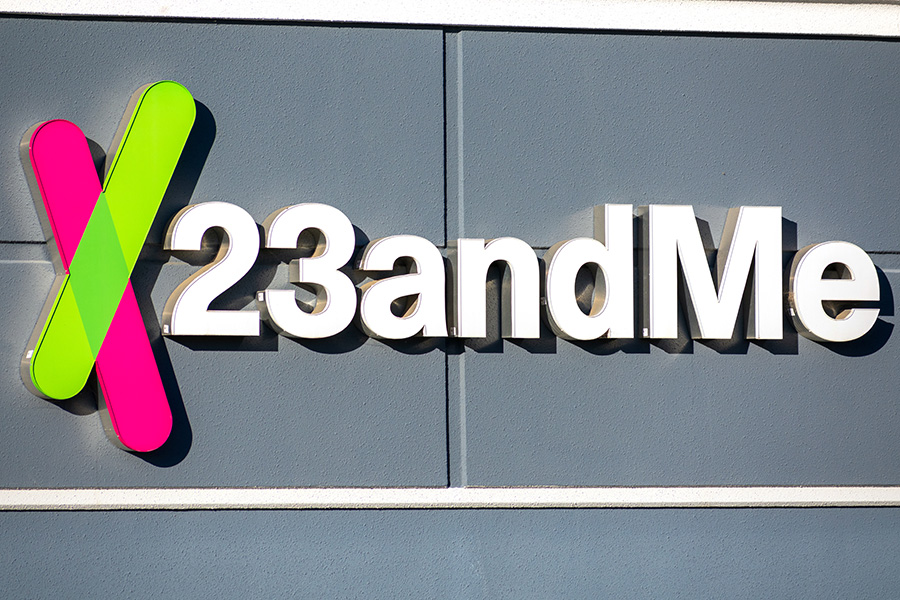Navigating the 23andMe Security Incident: The Perils of Phishing and Credential Reuse
The recent security hiccup at 23andMe, a leading player in the DNA testing market, has reignited discussions about the fragility of online data security. This article aims to dissect the incident at 23andMe, explore the dangers of reusing login credentials, and shed light on phishing schemes that can compromise digital safety.
The 23andMe Situation Unpacked
On the evening of October 9, 2023, 23andMe took to their blog to address emerging data security worries. They disclosed that they had enlisted the expertise of external forensic specialists and were in talks with federal law enforcement agencies to scrutinize the unauthorized access to user data. The crux of the issue seemed to be the use of recycled login details—identical usernames and passwords that users had employed on other, previously compromised websites. To mitigate risks, 23andMe mandated a password reset for all users and advocated activating multi-factor authentication (MFA).
The Pitfalls of Credential Recycling
Reusing login details across various platforms is a common but risky practice. Known as credential recycling, this habit can turn one security breach into a cascade of compromised accounts.
Phishing: The Invisible Threat
Phishing is a deceptive tactic where cybercriminals impersonate legitimate organizations to dupe people into divulging sensitive data like login details. In the context of the 23andMe incident, phishing could have been a contributing factor, particularly if the reused credentials were harvested from phishing attacks aimed at other platforms.
What is Phishing?
Phishing is a cyber-attack where the perpetrator masquerades as a trustworthy entity to trick individuals into revealing confidential information, such as usernames and passwords. In the digital realm, phishing often occurs through email, where the attacker sends a message that appears to be from a reputable source. The email usually contains a link directing the recipient to a fake website designed to look legitimate. Once there, the user is prompted to enter sensitive information, which the attacker then captures.
In the case of the 23andMe security incident, phishing could have been a contributing factor. Imagine receiving an email that appears to be from 23andMe, asking you to log in to your account for an “urgent security update.” If the email is convincing enough, you might click on the link and enter your login credentials on a fraudulent website. These captured details could then be used to gain unauthorized access to your 23andMe account, especially if you’ve recycled these credentials from another previously compromised site.
Understanding phishing is crucial because it’s not just about technology but also human psychology. Cybercriminals exploit our trust, urgency, or fear to make us act without thinking. Awareness of phishing techniques can help you be more cautious and scrutinize unsolicited communications, thereby adding an extra layer of defense in safeguarding your online accounts.
Safeguarding Your Digital Footprint
- Distinct Passwords: Opt for a unique, strong password for every online service you use. Consider using a password manager to handle the complexity.
- Activate MFA: Implementing multi-factor authentication offers an added layer of protection, requiring more than just a password for access.
- Critical Thinking: Exercise caution when you receive unexpected requests for your login information. Always double-check the authenticity of the source.
Wrapping It Up
The security lapse at 23andMe serves as a cautionary tale about the collective responsibility of companies and individuals in maintaining data security. While 23andMe has protocols to protect your data, you’re not entirely off the hook. You also have a part to play in securing your information. You can visit 23andMe’s Privacy and Security Checkup page for more guidance on this.
Need more help? 23andMe’s Customer Care team is available at customercare@23andme.com.
Disclaimer: The content of this article is for informational use and is not a substitute for professional cybersecurity consultation.






